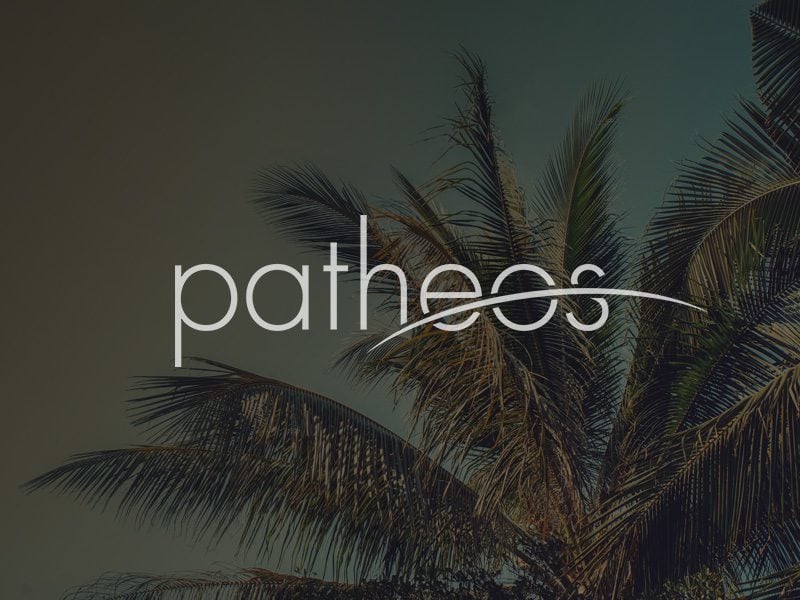A brief look at Cuba:
___
LAND — Largest island in Caribbean, covering 44,344 square miles (110,922 square kilometers), about size of Pennsylvania (Bulgaria). Rugged Sierra Maestra mountains at eastern end, but mostly flat or slightly rolling countryside.
___
PEOPLE — Population more than 11 million. About half mixed-race, 35 percent white, 15 percent black, with scattering of people descended from Chinese, other non-European immigrants. Parts of population have traces of original Indian peoples, but indigenous cultures died out long ago. Life expectancy of nearly 78 years and infant mortality of about 4.5 deaths per 1,000 live births, lowest in Latin America.
___
RELIGION — Church-state relations extremely strained for decades after Fidel Castro’s 1959 revolution as government embraced Marxist anti-religious principles. Authorities closed parochial schools in 1962 and clerics were harassed and sent to work camps. After fall of Soviet Union, new constitution did away with officially enshrined atheism, and Communist Party membership became available to religious believers. Today practicing Catholics number less than 10 percent of population. Estimated 600,000 Cubans, 5 percent, belong to evangelical Christian denominations. Jewish community numbers about 1,500. Far more Cubans observe Santeria or another syncretic Afro-Cuban faith.
___
GOVERNMENT — Head of government and state is president of Council of State and Council of Ministers, positions Fidel Castro held until he resigned in February 2008. Castro’s younger brother, Raul, elected by National Assembly to replace him on Feb. 24, 2008.
___
ECONOMY — Still recovering from economic crisis that began in 1990 after losing Soviet aid and trade, Cuba posted steady growth since late 1990s. Cuba blames economic problems on U.S. trade embargo; detractors blame inefficient centralized planning. After modest economic reforms in mid-1990s, government reasserted more centralized control beginning in 2004. In 2010, Raul Castro began reopening economy to limited free-market reforms and announced plans to lay off many state workers. Important sources of income include health services exported to Venezuela, tourism, sugar, nickel, tobacco, citrus, coffee, pharmaceuticals, remittances.







